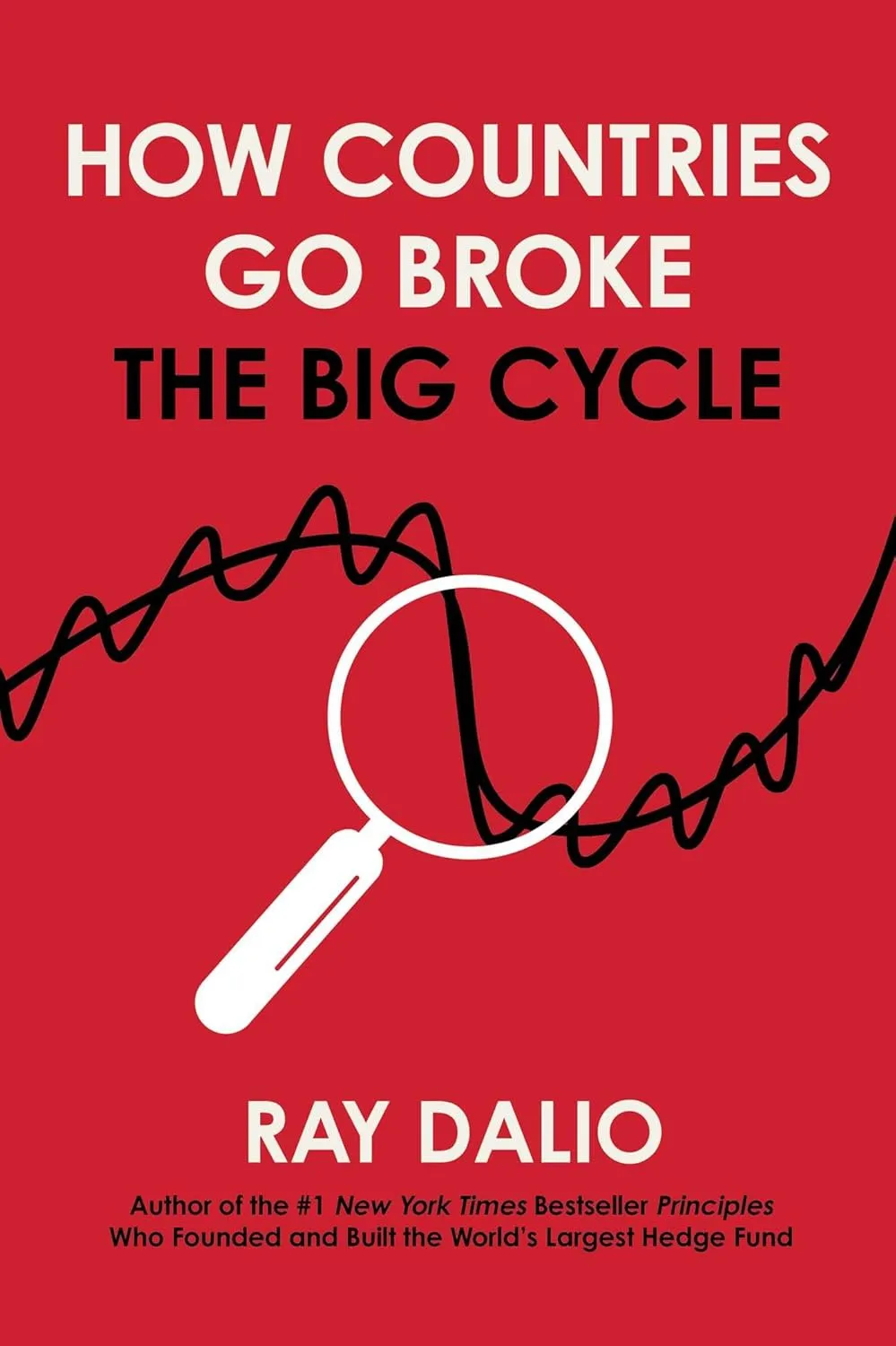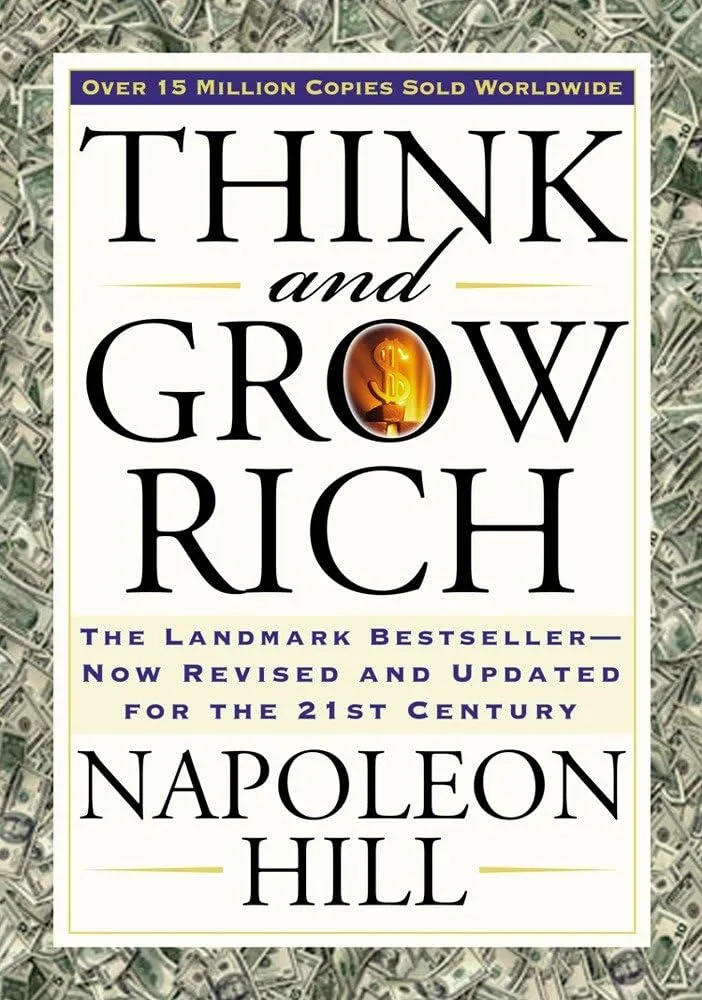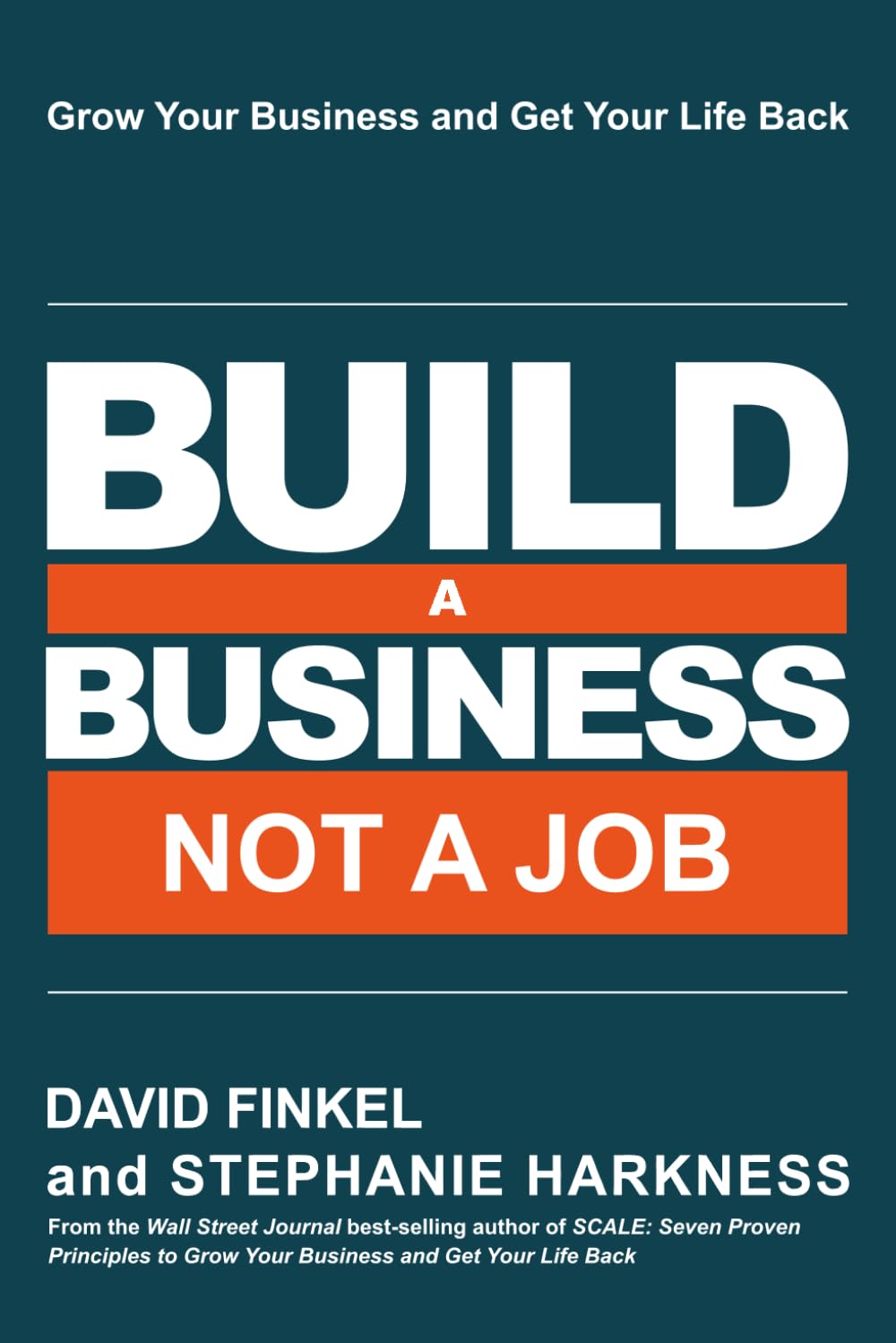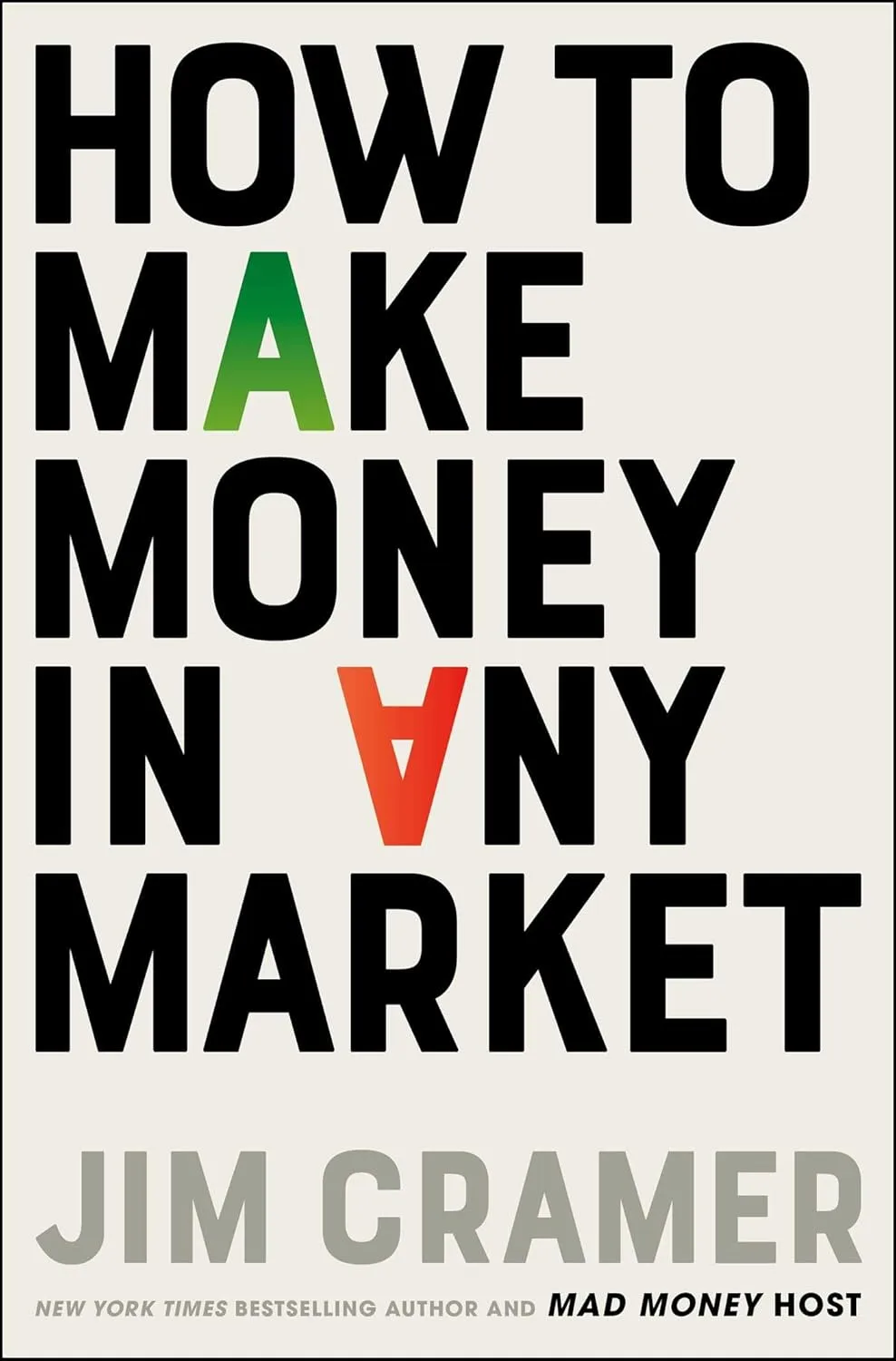📘 Book Summary
How Countries Go Broke: The Big Cycle is Ray Dalio’s deep dive into the mechanics of sovereign debt crises and the repeating patterns that drive nations toward financial collapse. Dalio, one of the world’s most successful investors—famous for predicting the 2008 global financial crisis and the 2010–12 European debt crisis—lays out his most comprehensive explanation yet of what he calls the “Big Debt Cycle.”
This book explores whether national debt has limits, even for reserve currency nations like the United States, and what happens when those limits are tested. Drawing from decades of data and investment experience, Dalio offers a practical and historical framework for understanding how countries go broke—and how they might avoid it.
🔑 Key Takeaways
- The Big Debt Cycle: Most countries follow a predictable pattern of debt accumulation, crisis, and recovery throughout history.
- Debt sustainability has limits: Even dominant economies face constraints on how much debt they can accumulate.
- Warning indicators exist: Certain metrics signal when a nation is approaching a financial tipping point.
- Policy responses shape outcomes: Government and central bank reactions determine the severity and length of a crisis.
- Currency debasement is common: Devaluing currency is a frequent tactic for managing debt crises.
- Crises cause social unrest: Financial collapses often result in widespread social and political upheaval.
- History repeats: Past crises serve as blueprints for understanding current and future risks.
📚 Overview
Dalio tackles pressing questions: Are current government debt levels sustainable? Could the U.S. follow the path of countries that have gone broke? Can central banks continue printing money indefinitely? Building on his earlier work (Principles for Navigating Big Debt Crises), Dalio analyzes sovereign debt specifically, expanding his framework to address how national debt affects long-term financial stability.
Through data, historical case studies, and economic theory, Dalio paints a clear picture of the forces driving debt crises. His dual approach—quantitative and narrative—makes the book suitable for both financial experts and engaged citizens.
✍️ About the Author
Ray Dalio is the founder and former Co-Chief Investment Officer of Bridgewater Associates, the world’s largest hedge fund. Renowned for his ability to forecast major economic events, Dalio is also the author of the #1 New York Times bestseller Principles.
Dalio’s unique methodology emphasizes historical patterns, system thinking, and radical transparency. His investment insights have influenced global markets and shaped the economic policies of governments around the world.
🌟 Reception and Impact
How Countries Go Broke has been met with critical acclaim for its thorough research, accessible explanations, and relevance to today’s economic challenges. The book builds on Dalio’s reputation as a thought leader, with financial media highlighting its urgent message: even superpowers aren’t immune to financial collapse.
The book draws on 48 debt crisis case studies where GDP growth fell by 3% or more, making it a cornerstone text for understanding financial fragility. It’s being used not only by investors and economists, but also by policymakers crafting fiscal responses in an increasingly volatile global landscape.
🌍 Plot and World-Building
Dalio constructs a world where economies behave like living organisms: growing, overheating, collapsing, and rebuilding. In this world, no nation is immune to the consequences of excessive debt.
From 18th-century France to modern-day Argentina and potentially even the U.S., Dalio’s narrative explores the same repeating cycle: optimism leads to borrowing, which leads to excess, which leads to crisis. Human nature—greed, fear, denial—is a central force driving the pattern. This storytelling framework brings abstract economic forces into concrete, relatable terms.
🎭 Main Storyline
The book unfolds as a classic economic drama in four acts:
- Act 1: The Early Cycle – Debt grows during prosperity, often financing productive investment.
- Act 2: The Bubble Phase – Borrowing accelerates; debt finances less productive activities, and risk builds unnoticed.
- Act 3: The Crisis – Repayments become unsustainable, triggering defaults, devaluation, and social unrest.
- Act 4: The Resolution – Nations implement reforms, restructure debt, and slowly rebuild economic credibility.
Each act is illustrated through real-world historical examples, making the narrative both educational and cautionary.
👑 Key Characters and Themes
- Policymakers and Central Bankers – The leaders balancing economic reality with political pressure.
- Investors and Creditors – The market forces that can either stabilize or panic, shaping the outcome of crises.
- Citizens – Those who ultimately pay the price through inflation, unemployment, or social upheaval.
Key Themes:
- Cycles are inevitable – Debt crises follow familiar patterns rooted in human behavior.
- There are limits – Even reserve currency countries like the U.S. have a debt ceiling.
- Currency is power—and risk – Currency devaluation is a common “solution” with major side effects.
- Debt is political – Fiscal policy is shaped by short-term politics as much as long-term economics.
- History is a mirror – The past holds vital lessons for the present and future.
- Global connections matter – Sovereign defaults often trigger broader international effects.
🧠 Who Should Read This?
This book is essential for:
- Policymakers responsible for national budgets and monetary policy
- Investors looking to assess sovereign risk and macroeconomic cycles
- Economists and academics studying fiscal policy, history, or international finance
- Business leaders whose decisions are influenced by economic policy and currency risk
- Concerned citizens who want to understand how government debt impacts daily life
- Students of economics, political science, or international relations
- Anyone trying to prepare for the next major economic downturn
💬 Best Quote
“Countries that don’t learn from history are doomed to repeat the same debt cycle mistakes, while those that understand the patterns can better navigate the inevitable challenges.”
This quote reflects Dalio’s core belief: the only way to avoid future collapses is to study and learn from past ones.
📚 Final Thoughts
How Countries Go Broke is a critical guide for anyone seeking to understand today’s economic fragilities. It combines deep historical insight with practical policy analysis to show that no country—regardless of power, prestige, or past performance—is immune to the consequences of financial overreach.
Dalio offers no easy answers, but his framework helps readers make sense of complex forces and see the future with clearer eyes. As national debt soars and central banks navigate uncharted waters, this book stands as a sobering yet empowering read.
Whether you’re in government, finance, business, or just want to make smarter decisions about your economic future, Dalio’s work will help you think in cycles—before it’s too late.
👉 Read This If You…
- Want to understand the long-term risks of rising national debt
- Are seeking a system to predict or navigate future financial crises
- Need to understand how monetary policy affects currencies, inflation, and your wealth
- Work in investment or policy and require a macroeconomic lens
- Are concerned about how government debt could impact your country’s future
- Want to study real-world applications of economic theory
- Believe that learning from history is the key to financial survival
❓ FAQ
Q: Does the book say the U.S. will go broke?
A: Dalio doesn’t make a hard prediction. Instead, he explains risk signals and policy choices that could steer the U.S. toward—or away from—crisis.
Q: Is it accessible for non-economists?
A: Yes. Dalio writes in clear, engaging language, using historical case studies to explain complex ideas.
Q: How is this different from his previous books?
A: This book focuses exclusively on sovereign debt—a more specific and urgent topic than his broader work on debt cycles.
Q: Is this a book for investors?
A: Yes, but not only for them. While it offers insights into sovereign risk, it’s also valuable for anyone concerned with fiscal sustainability.
Q: Does the book offer solutions?
A: It presents a roadmap for what countries can do to prevent collapse and what individuals can do to protect themselves.







